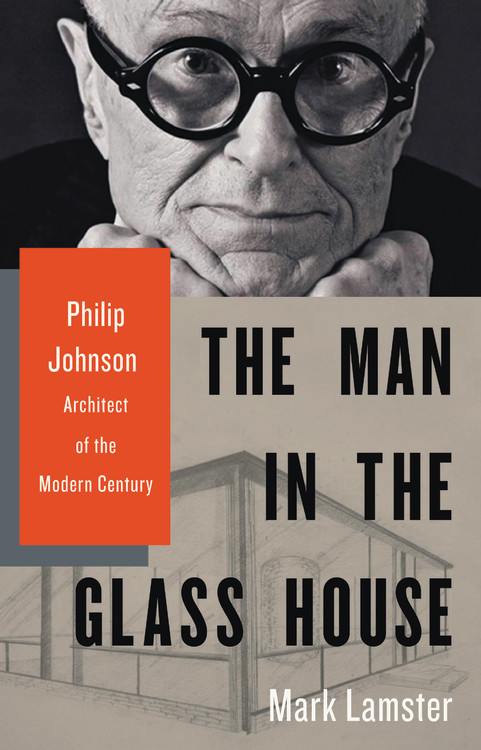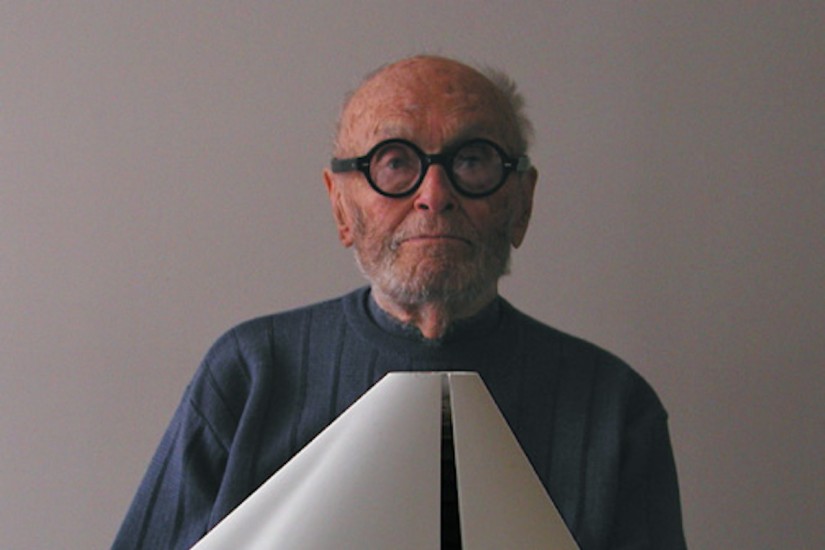The reasons for his attraction to fascism boil down to a by-now-familiar mix of garden-variety racism, suspicion toward global finance and business, sympathy for an idealized everyman, anxiety over the rise of a new upper class, and raging self-regard: Johnson was an elitist who believed in the quasi-mystical redemptive power of the volk, as well as a megalomaniac who believed he should lead said volk in some form or another. As Lamster writes, his subject was “a man of wealth who was prone to seeing the world in Nietzschean terms.” The author marshals abundant evidence that Johnson was also an anti-Semite, at least for a time: “The Jews bought the paper and are ruining it, naturally,” Johnson fretted of the H.L. Mencken-founded American Mercury in 1936. In his late-’30s writings, Johnson makes it clear that he didn’t consider French Jews to truly be French.
Johnson’s essential shallowness is key to this story. Even in his comparatively better moments, the architect exhibits all the moral sophistication one might expect of a man who thrilled to Adolf Hitler speeches, several of which he witnessed in person. Lamster recalls a meeting between Johnson and the Jewish architect Otto Eisler in Nazi-occupied Brno in 1938—things were “not going well,” explained Eisler, who had recently spent six weeks in Gestapo detention and would go on to survive Auschwitz. Johnson, who had first met Eisler in 1930, exhibited some basic level of concern and asked a Dutch architect friend to help arrange an exit visa. But Johnson didn’t intercede on Eisler’s behalf with any of the several high-ranking Nazi officials he personally knew, and he only broke with fascism in late 1940 when support for the Nazis became personally and professionally untenable. In a particularly lame bit of attempted tshuva, Johnson donated the princely sum of $100 to United Jewish Philanthropies in the fall of 1941; he spent much of the remaining war years as an architectural graduate student at Harvard while trying and failing to get into various intelligence units that would never dream of employing someone who barely avoided a sedition charge. When Johnson was drafted into the military in 1943, the once-celebrated museum curator and co-author of a definitive book on the International Style was sent to clean latrines and serve as glorified cannon fodder during training exercises at various army bases outside of Washington, D.C.

